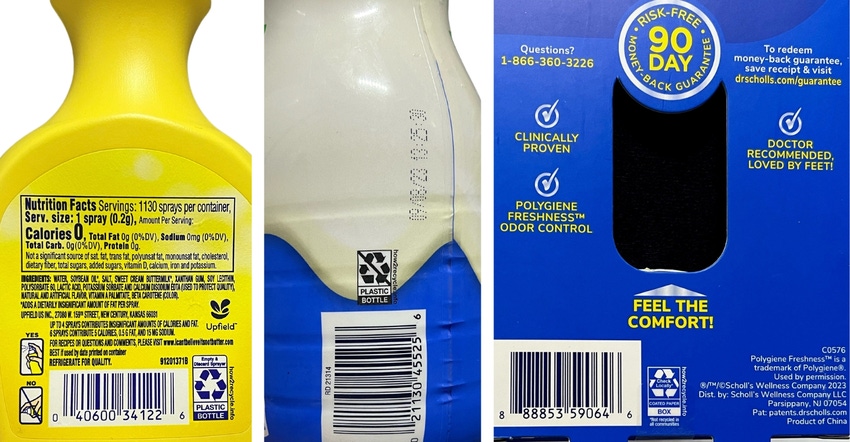
The How2Recycle sustainability label is evolving, with multiple projects queued up to keep consumers up to date on what’s recyclable and to improve the quality and quantity of recycled materials.
The How2Recycle standardized labeling system began as a pilot program in the United States in 2012 and has also been used in Canada for several years. Its goal is to clearly communicate recycling instructions to consumers and reduce confusion by improving the reliability, completeness, and transparency of recyclability claims.
How2Recycle is a project of the Sustainable Packaging Coalition (SPC), which is part of GreenBlue, a Charlottesville, VA-based nonprofit. Some 500 brand owners and retailers are members of How2Recycle, and tens of thousands of products currently display the label.
How2Recycle recently announced the next steps in its evolution, which include:
• Increasing consumer education and interaction with a more dynamic label.
• Developing strategic relationships with industry partners, including the Recycling Partnership, the Carton Council, and the Association of Plastics Recyclers.
• Launching a new packaging design collaborative with SPC and How2Recycle members to bring together brands, retailers, and design agencies to prototype future How2Recycle labels.
• Participating in changes to the US Federal Trade Commission (FTC) Green Guides. FTC has extended to April 24, 2023 the public comment period on potential updates to its Green Guides, which regulate environmental marketing claims. The How2Recycle label was designed to comply with the FTC Green Guides.
• Adapting to policy changes in California and other states that may affect recyclability labeling. How2Recycle aims to offer its members clarity on these policy shifts and will assess how the program needs to evolve to comply with any changes.
• Conducting market and consumer research to assure that How2Recycle — a program based on data — is working with accurate, up-to-date data. The program has commissioned several studies to address data gaps in areas such as consumer perception.
How the How2Recycle label meets the needs of today’s consumers.
How2Recycle has ongoingly evaluated and updated its label guidance in the past 10 years, recognizing changes in consumer awareness of recycling, end markets for recycled materials, and recycling legislation.
In May 2021, How2Recycle announced updated criteria for assessing end markets to determine whether a package is recyclable. And in July 2022, it upgraded the eligibility of certain rigid polypropylene packaging formats from “Check Locally” to “Widely Recyclable” in the United States.
“As a program, we need to ensure that we are continuing to evolve to meet the needs of today’s consumers while also accurately representing the changing recycling landscape,” says Karen Hagerman, director of How2Recycle. “The How2Recycle program emerged from a Sustainable Packaging Coalition working group, so it is fitting to include our membership in assessing the future of recyclability communication.”
Drawing on the experience of the How2Recycle and SPC membership will assure a comprehensive, detailed approach, Hagerman says, adding that the goal is “to explore the various nuances and needs that have emerged in this space,” such as integrating dynamic labeling options; compliance with future changes in legislation; and label placement, size, and language.
“We will continue to keep our membership updated throughout this process,” Hagerman says. “Alongside this work, we are pursuing increased consumer education and awareness of the label, as consumers play a critical role in ensuring that the packaging they interact with makes it to the right place.”
About the Author(s)
You May Also Like




